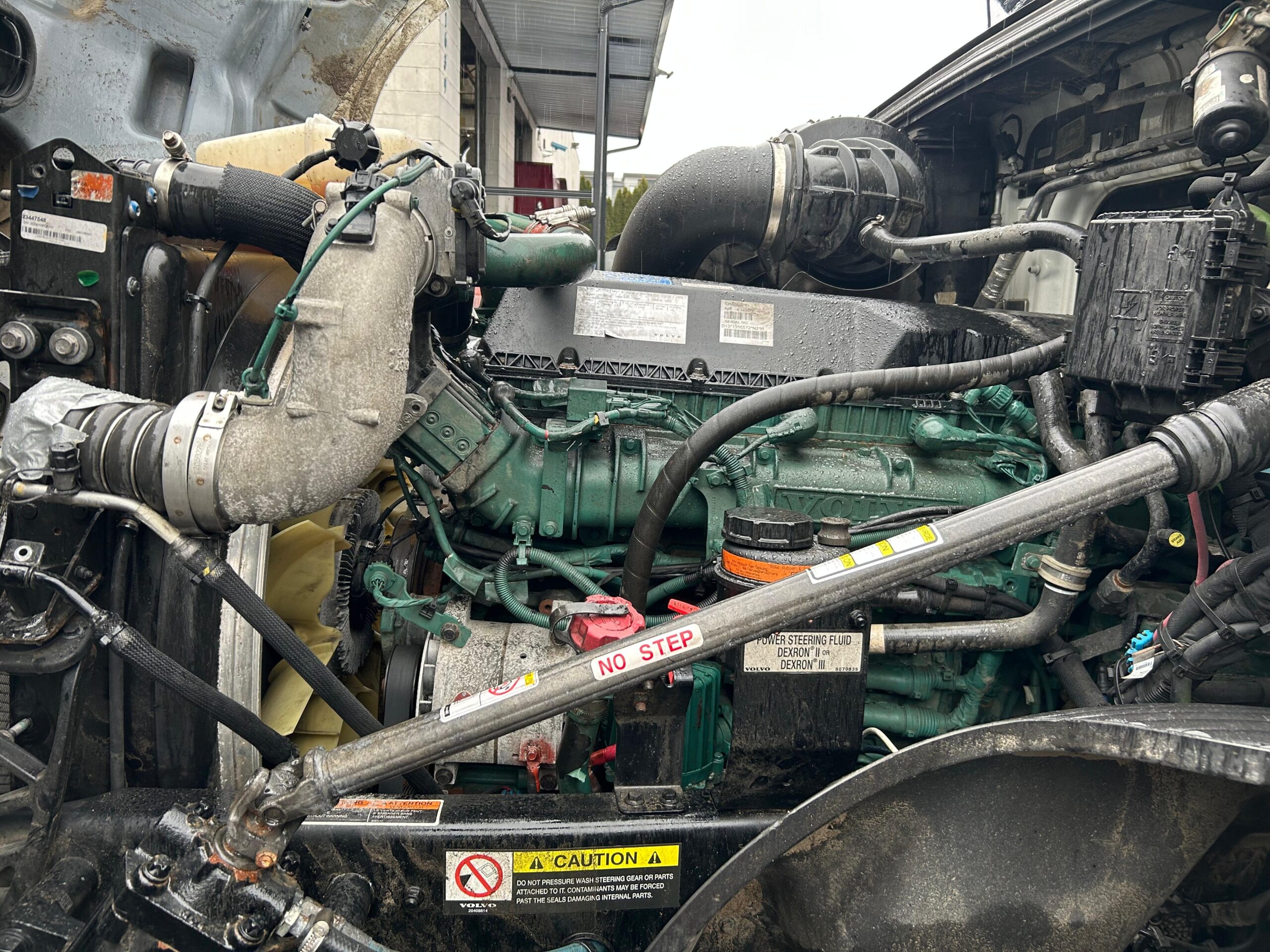In today’s hyper-competitive business landscape, success is no longer about having the best product or service—it’s about being more informed than your competitors. Competitive intelligence for sales has become a game-changing strategy that enables businesses to identify opportunities, anticipate challenges, and, most importantly, win more deals.
Sales teams equipped with competitive intelligence can tailor their pitches, counter objections effectively, and close deals faster. This article explores how competitive intelligence directly impacts win rates, the best methods to collect and analyze data, and actionable ways to use these insights in sales strategies.
What Is Competitive Intelligence for Sales?
At its core, competitive intelligence for sales involves gathering, analyzing, and applying data about competitors, markets, and customers to improve sales performance. It’s not just about knowing who your competitors are—it’s about understanding how they operate, what their strengths and weaknesses are, and how you can position your product or service to gain an edge.
Unlike traditional market research, competitive intelligence is real-time and actionable, providing sales teams with timely insights they can use in conversations with prospects.
Why Competitive Intelligence for Sales Matters
1. Anticipating Competitor Moves
Sales cycles are dynamic, and prospects often evaluate multiple vendors before making a decision. Competitive intelligence allows your team to anticipate what competitors might offer, so you can prepare counterpoints ahead of time.
2. Positioning Products More Effectively
By understanding competitor weaknesses, sales teams can highlight differentiators that resonate with customer pain points. This positioning builds confidence and increases the chance of winning deals.
3. Building Trust with Prospects
Prospects are more likely to trust salespeople who demonstrate a deep understanding of the market. Competitive intelligence equips your team with the knowledge to engage in meaningful, informed conversations.
How Competitive Intelligence for Sales Increases Win Rates
1. Crafting Targeted Value Propositions
Generic sales pitches no longer work. With competitive intelligence for sales, teams can customize value propositions to address the exact concerns prospects have about competitors. For example, if a competitor struggles with poor customer support, your team can emphasize your company’s excellent support as a differentiator.
2. Improving Objection Handling
One of the biggest hurdles in closing deals is managing objections. Competitive intelligence enables sales professionals to predict objections based on competitor claims and prepare compelling responses. This proactive approach helps eliminate friction during the decision-making process.
3. Shortening the Sales Cycle
When sales reps already know what prospects might be hearing from competitors, they can streamline conversations and focus on delivering the right information at the right time. This reduces delays in the sales process and accelerates deal closures.
4. Enhancing Sales Enablement Materials
Marketing and sales enablement teams can use competitive intelligence to create battle cards, competitor comparison sheets, and objection-handling guides. These resources give reps quick access to the information they need to succeed.
5. Strengthening Account-Based Strategies
For B2B sales, account-based marketing (ABM) is essential. Competitive intelligence provides account-specific insights, such as which competitors are targeting the same accounts and what their strategies look like. This allows for personalized outreach that significantly boosts engagement.
Sources of Competitive Intelligence for Sales
1. Publicly Available Data
Annual reports, press releases, job postings, and social media provide a wealth of information about competitor strategies and priorities.
2. Customer Feedback
Prospects and existing customers often share valuable insights about competitors. Asking the right questions during discovery calls can uncover competitor weaknesses.
3. Sales Team Insights
Your frontline salespeople are an invaluable source of intelligence. Regularly gathering feedback from them ensures the intelligence loop stays updated.
4. Competitive Intelligence Platforms
Modern tools aggregate data from multiple sources, analyze trends, and deliver actionable insights directly to sales teams. These platforms make intelligence gathering more efficient and accurate.

Best Practices for Using Competitive Intelligence in Sales
Align Sales and Marketing Teams
Competitive intelligence is most effective when sales and marketing teams work together. Marketing can provide battle cards, while sales provides feedback from the field to refine messaging.
Make Intelligence Actionable
Raw data alone won’t improve win rates. Intelligence must be packaged into actionable insights that sales reps can easily apply during conversations.
Update Regularly
Competitor strategies evolve quickly. Regular updates ensure that intelligence remains relevant and effective.
Train Sales Teams
Salespeople need training to effectively use competitive intelligence. Role-playing sessions and workshops can help them practice applying insights in real-world scenarios.
Measuring the Impact of Competitive Intelligence for Sales
To prove the value of competitive intelligence, it’s essential to measure outcomes. Key metrics include:
- Win Rates: The most direct measure of effectiveness.
- Sales Cycle Length: A shorter cycle often indicates better competitive positioning.
- Deal Size: Intelligence-driven conversations can lead to upselling and larger contracts.
- Objection Conversion: Tracking how often reps successfully counter competitor-related objections shows real impact.
The Future of Competitive Intelligence for Sales
As artificial intelligence (AI) and data analytics advance, competitive intelligence will become even more predictive. Instead of just reacting to competitor moves, sales teams will be able to forecast trends and position themselves proactively. Businesses that invest in competitive intelligence today will have a clear competitive advantage tomorrow.
Conclusion
Winning in sales is no longer about guesswork—it’s about strategy, precision, and knowledge. Competitive intelligence for sales provides the insights teams need to outmaneuver competitors, anticipate objections, and close more deals. By embedding intelligence into every stage of the sales cycle, companies not only increase win rates but also build long-term customer trust and loyalty.
If your sales team isn’t leveraging competitive intelligence yet, now is the time to start. The businesses that win in the future will be those that understand their competitors best today. Discover new opportunities—start by exploring our homepage today.
FAQs
Q1: What is competitive intelligence for sales?
Competitive intelligence for sales is the process of gathering and analyzing data about competitors to help sales teams improve win rates and close more deals.
Q2: How does competitive intelligence for sales improve win rates?
It helps sales reps anticipate competitor moves, handle objections effectively, and position products in a way that highlights differentiators.
Q3: What are the best sources of competitive intelligence for sales?
The most valuable sources include public data, customer feedback, sales team insights, and specialized competitive intelligence platforms.











Leave a Reply